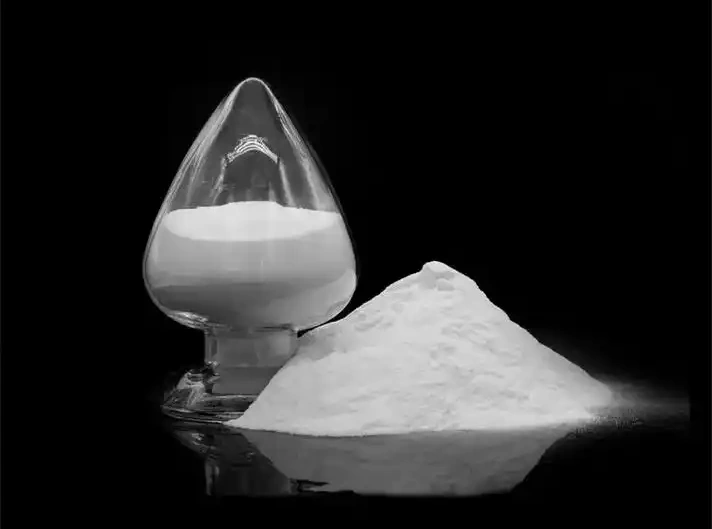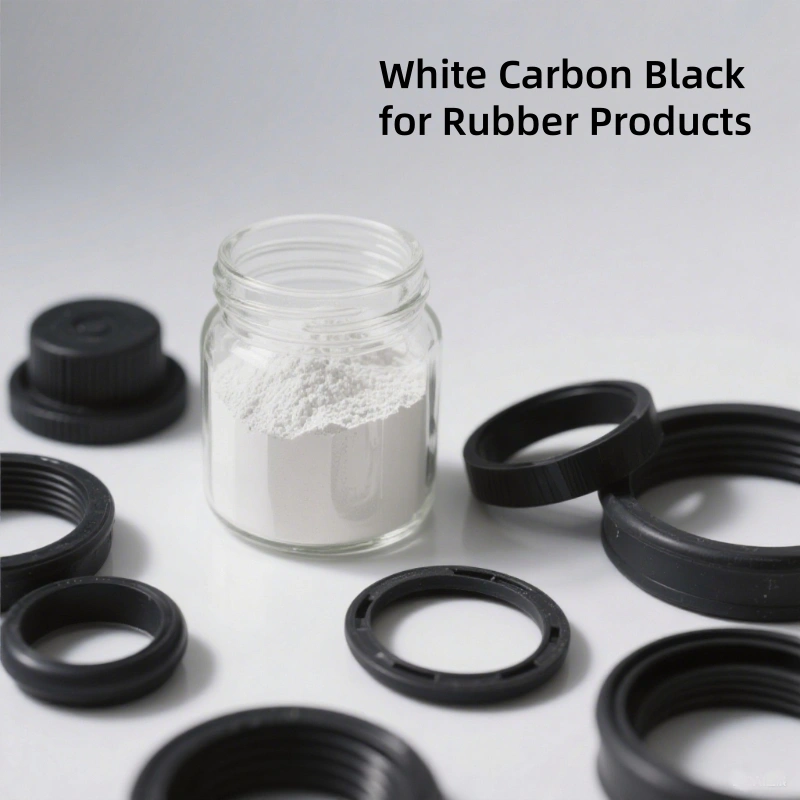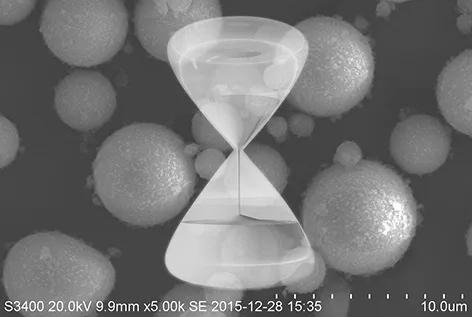White carbon black is a general term for white powdered X-ray amorphous silicic acid and silicate products. It mainly refers to precipitated silica, fumed silica and ultrafine silica gel. It also includes powdered synthetic aluminum silicate and calcium silicate. White carbon black is a porous substance, and its composition can be expressed by SiO2·nH2O, where nH2O exists in the form of surface hydroxyl groups. It is soluble in caustic alkali and hydrofluoric acid, insoluble in water, solvents and acids (except hydrofluoric acid). It is resistant to high temperatures, non-flammable, tasteless, odorless, and has good electrical insulation.

Application of white carbon black
White carbon black has many unique properties and is mainly used as a reinforcing agent in rubber, accounting for 70% of the total amount. With the continuous development of white carbon black application areas, its application in non-rubber fields is gaining widespread use. Abroad, the amount used in non-rubber fields has risen to a quarter of the total amount.
Application in rubber
The main use of white carbon black is to cross-link in rubber and act as a reinforcing agent. As a filler for rubber, white carbon black is used to make shoe circumferences and transparent or opaque light-colored soles. It can improve the wear resistance, tear resistance and hardness of products. In addition, it is also used as rubber rollers and films for textile and grain processing equipment, and in tire rubber compounds to play a role in ozone aging resistance and ice grip.

Applications in inks, paints and coatings
In inks, paints and coatings, white carbon blacks can be used as a thickener, thixotropic agent, dispersant, flow control agent and anti-settling agent. It can make the preparation bright in color, increase transparency, print clearly and make the paint film firm. Fumed white carbon black is also used as a dispersant and flow control agent in the toner of copiers and laser printers. When the concentration is high and the diffusion performance is reduced, it can be used as a matting agent.
Application in plastics
In the plastic industry, adding white carbon blacks can improve the strength and toughness of the material, and significantly improve its waterproofness and aging resistance. White carbon black is added to polyvinyl chloride for the production of high-voltage wires. It is used in polyethylene plastic products to improve tension and wear resistance. Adding white carbon blacks to various plastic films can change the surface properties of the film, making it easy to open and not sticky. In addition, white carbon blacks can also play a variety of performance roles in various resins and polystyrene resin castings.

Application in other areas
In addition to the above-mentioned fields, white carbon blacks can also be applied to pharmaceuticals, pesticides, cosmetics, toothpaste, papermaking and other fields. Activated white carbon black has a large internal and external specific surface area, so it is an ideal carrier for medicine and pesticides. It can absorb a large amount of insecticides and pesticides in pesticides. In terms of the application in toothpaste, white carbon black has good compatibility and physical properties. Using white carbon black as a toothpaste abrasive can clean teeth and remove spots. In the papermaking industry, it can improve the whiteness of paper, make the paper lighter, and is suitable for high-speed printing.
In short, as a functional additive, the application range of white carbon blacks will be wider, and its addition performance will be greatly improved.
Reinforcement mechanism and surface modification of white carbon black
There are two main modification methods: physical modification and chemical modification. Currently, chemical modification is the most commonly used method. The most commonly used chemical modification is to use silane coupling agent as a surface modifier to modify white carbon blacks.
In addition, polymer grafting modification is also a common method for modifying silica. The polymer used for modification is usually selected to have good compatibility with the reinforced matrix material. This helps to improve the compatibility of nano-silica with the matrix material and achieve a better reinforcement effect.
Inclusion
The development trend of white carbon black is moving toward high surface area, nano-scale particle size, and customized surface modification to meet the growing demands of advanced applications. As industries such as rubber, plastics, coatings, and energy storage continue to evolve, white carbon blacks will play an increasingly important role in enhancing performance, functionality, and environmental sustainability.
epic powder
Epic Powder, 20+ years of work experience in the ultrafine powder industry. Actively promote the future development of ultra-fine powder, focusing on crushing, grinding, classifying and modification process of ultra-fine powder. Contact us for a free consultation and customized solutions! Our expert team is dedicated to providing high-quality products and services to maximize the value of your powder processing. Epic Powder—Your Trusted Powder Processing Expert !

